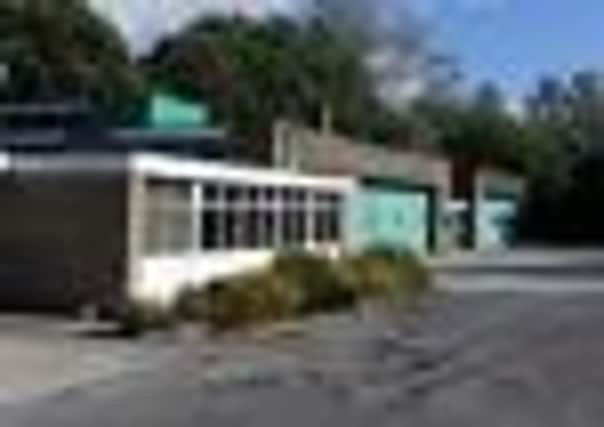Most ambulance stations facing axe in massive 999 shake-up


Bosses at Yorkshire Ambulance Service are drawing up a “rationalisation” programme which would see most of the region’s 62 ambulance stations shut.
Instead around a dozen main centres could be created in a “hub-and-spoke” model, with most 999 crews operating from standby points or locations shared with other emergency services.
Advertisement
Hide AdAdvertisement
Hide AdManagers claim the plans, which are unlikely to be fully implemented in more rural areas, will cut staff downtime and resources tied up with land and property, as well as speed up emergency responses. Cash savings and proceeds from site sales would be funnelled to frontline care.
But unions expressed “serious concerns” about the strategy to be formally approved by ambulance chiefs later this month.
Similar plans by the East Midlands Ambulance Service, which are expected to lead to the closure of 66 ambulance stations to be replaced by 13 hubs and 131 “tactical deployment” and standby points, have already attracted an angry backlash.
The moves come at a time of unprecedented financial pressures leaving the ambulance service, in common with other NHS organisations, requiring cost savings of at least four per cent each year at the same time as demand for emergency care increases at an estimated three per cent in each of the next five years in Yorkshire.
Advertisement
Hide AdAdvertisement
Hide AdA report for ambulance bosses earmarks 11 ambulance stations for early closure. These include Seacroft and Menston, near Leeds, Honley, near Huddersfield, Todmorden, Maltby, near Rotherham, Preston, near Hull, Ingleton and Grassington in the Dales, Scarborough and Parkway, Sheffield. A station at Bramham, near Leeds, has already been demolished. In most cases, managers say they will look at locating crews with other emergency or NHS services.
Locations for new hubs could include Leeds, York, Doncaster, Wombwell, near Barnsley, Elland, near Halifax, Normanton, near Wakefield, Sheffield, Rotherham, Hull, Bradford and two on the east coast in a £30m investment programme.
Managers say the bulk of ambulance stations are more than 20 years old – with four dating back to before the NHS was founded in 1948 – and a substantial proportion are in need of modernisation, with a maintenance backlog of as much as £15m in the next decade.
“In addition the development of the economy, conurbations and road networks across Yorkshire now mean that a number of the buildings are no longer in ideal locations to best meet patient demands and ambulance response standards of the 21st century,” says the report.
Advertisement
Hide AdAdvertisement
Hide AdBut Ray Gray, representing ambulance staff for Unison in Yorkshire, said there would be “serious concerns” about the plans which could leave crews facing longer journeys to bases particularly in rural areas, risking major operational problems. “It’s just a money-saving exercise and will not lead to any improvements to the service,” he said.
Under the model, staff would be based at hubs housing training, vehicle and cleaning facilities, with care provided by a “more mobile workforce, with staff and vehicles activated from standby and mobile locations”.
The service has 38 existing standby points strategically positioned near hotspots. Some have services for staff including equipment restocking but others are only road-side stopping points.
The report said hubs did not lend themselves to more rural locations where “a more traditional ambulance station model may remain or co-location with other health providers or emergency services will be explored”.
Advertisement
Hide AdAdvertisement
Hide AdRod Barnes, executive director of finance and performance at Yorkshire Ambulance Service, said: “Already adopted by some ambulance services in the country, the model would allow us to further improve the high quality services we provide to our patients, as well as give us an opportunity to enhance our current operating arrangements and facilities for staff. It would also help us to deliver effective cost reductions.
“We would like to reassure members of the public that any plans to change our estates configuration have patients’ interests at heart and allow us to continue to deliver the highest quality, safe and responsive service to those calling 999 in Yorkshire. Any proposed changes would be subject to consultation with staff and stakeholder organisations.”